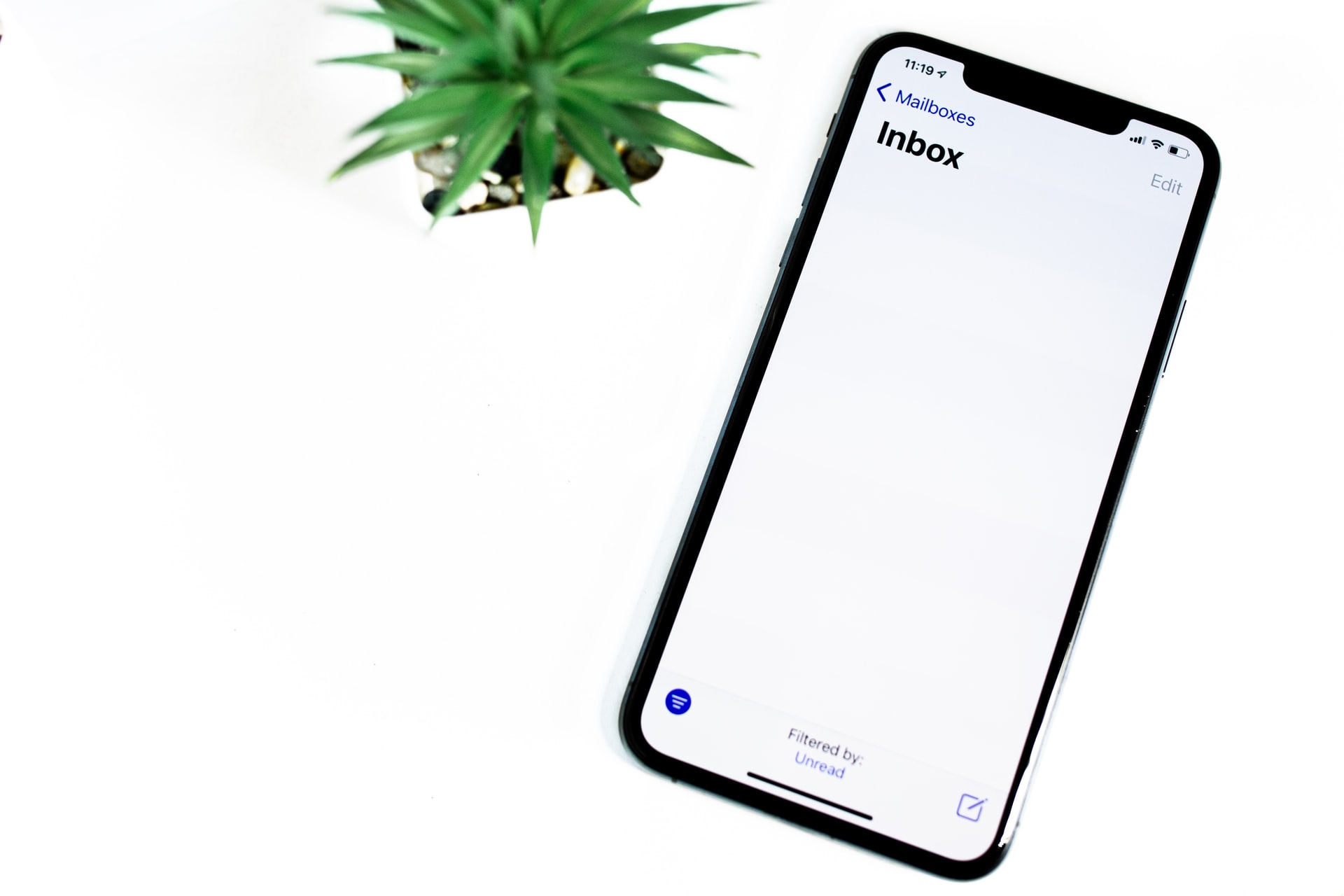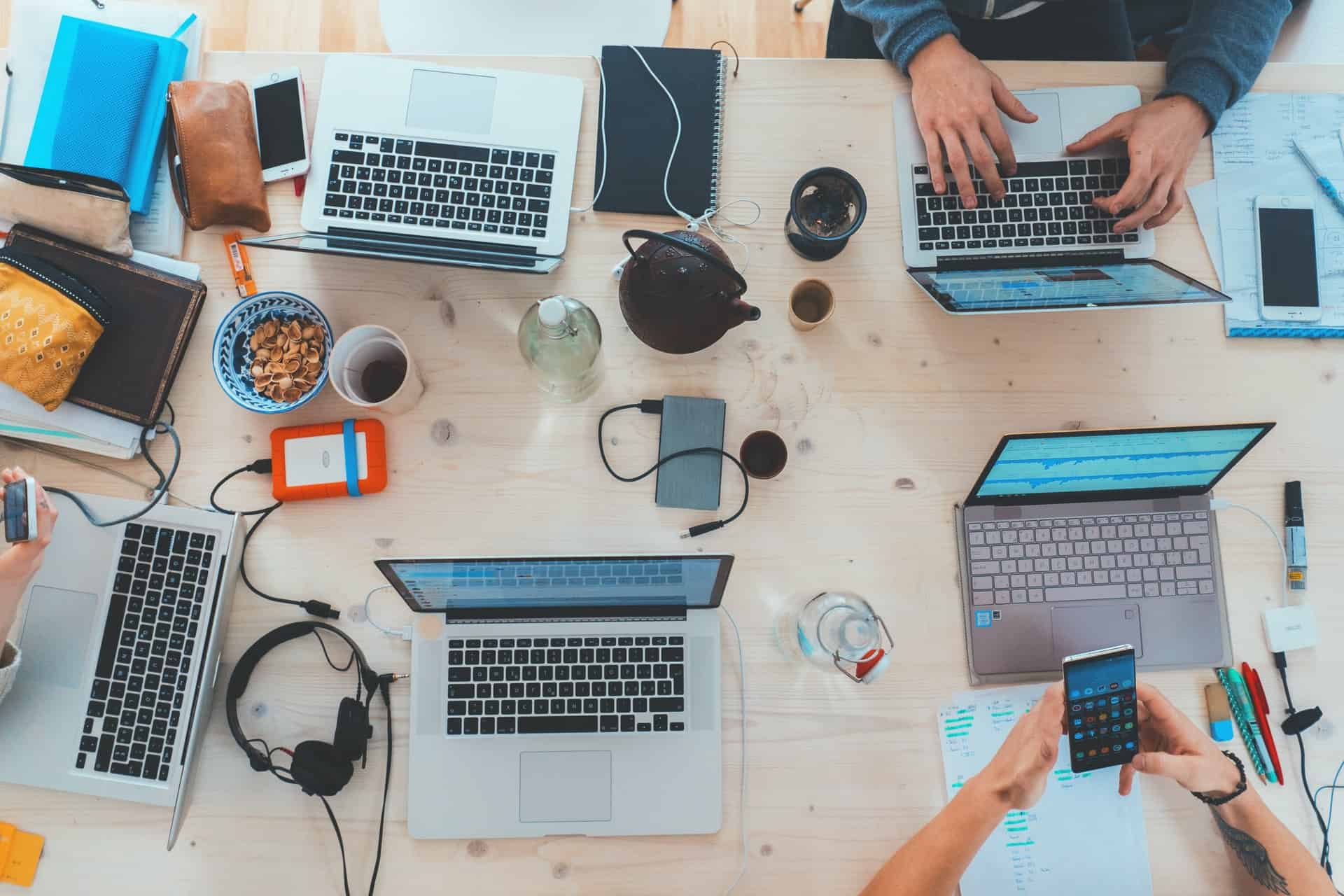In a recent survey of organisation managers, the number one thing that managers told us they wanted most was clear, practical, actionable, innovative productivity tips that work and last.
There’s tons of productivity advice out there, and you’ve probably tried a lot of it – but how much of it sticks?
How long before bad habits creep back in and you’re back to working long hours, feeling tired, rushing to deadlines, not doing your best work and not getting as much done as you’d like.
So we’ve put together our top six productivity tips – we know they work because our clients tell us.
They are quick and easy to implement, all are about productivity in practice: you read the tip, you implement it, done.
What’s included
- Inbox Zero
- Start the day from your calendar not email
- Match your location to the activity
- Plan your work
- Build a personal workflow
- Say no
1. Inbox Zero (60 mins to set up)
The average manager receives 120 emails a day, sends about 40 and keeps about 8,000 messages in their inbox. No wonder then that email has become overwhelming for most of us. We all come up with different ways to deal with this – some people ignore email until people start shouting – which is one way of doing it. We prefer Inbox Zero.
In our opinion, Inbox Zero is the most accessible system for quickly keeping on top of your email so it becomes your best comms tool, rather than a source of overwhelm. Inbox Zero doesn’t need any special software, it works with any email client.. it takes minutes to set up, and once you’re in the habit of using it, it’ll save you hours every week and reduce your anxiety levels.
To learn how to do it – or to have a refresher – take our Inbox Zero online course here.

Inbox Zero. Photo by Solen Feyissa on Unsplash
2. Start the day from your calendar not email (5 mins to set up)
Most people’s default is to go to email first thing in the morning. In fact the default setting on Outlook and other office apps is to send you straight to your inbox, and once you are in there, it’s easy to be drawn into other people’s agendas.
Changing the default so that you go to your calendar first means that you look at your plans for the day before you look at what others want from you.
This helps you think about planning your day and what YOU want to do and stops you getting sucked into email first thing. You can remind yourself of your priorities before you get distracted.
Many of our clients who make this tiny change say that it is brilliant for them. Just a few seconds pause and reflection before looking at email really changes how you feel about the requests waiting for you at the start of the day.
To do it:
- In Outlook – go to Files/Options/ Advanced/ ‘Start Outlook in this folder’ use the drop down menu to change from ‘inbox’ to ‘my calendar’
- In Safari – go to preferences and change the homepage link,
- Or in Chrome – go to settings and put the address of your Google calendar in the On Start up menu – choose “Open a specific page or set of pages”.
Sorted.
If you’re not sure, it’s explained in detail as part of our Inbox Zero online course here.
3. Match your location to the activity
This is increasingly relevant in a world of hybrid working where you’re in the office for some of the time, and working remotely for the rest of the time.
The idea is to pick where you work to match the task. So if it is deep work, and you need to focus – do it in isolation or at least somewhere that is protected. And let people know when you will be available again.
If you are going to be in the office, plan on doing less focused work and treat interruptions as an opportunity to build relationships, catch-up and connect with colleagues.
Leave space between meetings to enable this and limit your ambition to “shallow” work like answering emails, checking social media, answering phone calls or catching up on reading.
4. Planning your work
Many of our clients tell us they often feel slightly panicked or are unable to sleep at night with their head spinning with things they need to remember… If that sounds like you, ask yourself: when did you last do some planning?
A key lesson I learned from productivity expert David Allen, was that time spent thinking and planning is just as important as time spent doing.
This is a fundamental point: planning is real work. If you think about it, you do 3 kinds of work:
i. Doing the work you planned to do.
ii. Doing the work you have to do as it comes in – ie reactive work.
iii. Planning your work.
The thing is that if you don’t plan your work, you will always be doing reactive work.
The best way we know of to plan your work is to schedule time every week to do it.
Once a week you clear your decks, think clearly about what needs to happen – do the upfront thinking, the what, when and how – and set yourself up to succeed.
We call it a weekly review, and it has a really positive impact on your productivity, and your mindset.
It’s best if you schedule time for a weekly review in your diary, but failing that, keep a notebook by your bed to pin all those spinning thoughts – then get up and do a review of all your tasks and projects in the morning!
5. Build a personal workflow
You already have a personal workflow. You gather things to do, decide what to do with them, determine when you will do with them and then you do them.
You may never have thought about it, but without a system like that you’d be a lot less productive – the system creates a supportive structure for yourself and your work.
Paying attention to the system that works for you and deliberately making some adjustments to it can help you feel better and create more space for the work you need to do.
If you want to learn more about best practice for your personal workflow, take a look at our Creating Space for Important Projects online course here.

Build a personal workflow. Plan your work. Productivity tips. Photo by Marvin Meyer on Unsplash
6. Saying no
One of my clients was telling me that if he gets an email from his boss he drops everything else and jumps on it.
Do you do that too? When asked to do something that eats into other work that you need to do – whether it’s an urgent request from your manager or an email from the boss – do you struggle to say no? Many people do.
You might be saying yes for various reasons such as the fear of missing out on opportunities, burning bridges, or perhaps being seen as incompetent or unhelpful.
The thing is that by saying yes when you would rather say no leads you to having too much to do in the time available. That can lead to resentment, guilt, feelings of failure and, and if it carries on, eventually to exhaustion.
The key is to be really clear on what is most important so that you are not derailed, and to understand that saying no to some things always means you can say yes to others.
If you’re worried about saying no, you could start with small no’s and build up. Or you could learn how to say no in a less confronting way.
One idea is to make a distinction between capability and capacity, for example: “I can do this but I do not have the capacity right now. Will the end of next month be okay?”
You’ll be surprised to learn that your colleagues will respect you more.
These productivity tips and strategies come from our new Working Smarter programme – if you can find the time and the headspace to do it, it is a brilliant way to change your mindset and learn practical ways to be more productive.
It will also help your team feel more in control and more motivated to step up and take things on – a common complaint from managers before taking the programme.
If you’d like to make work better try the manager programme first for yourself, (and if you think it’s good, talk to us about options for making it available to your colleagues).
